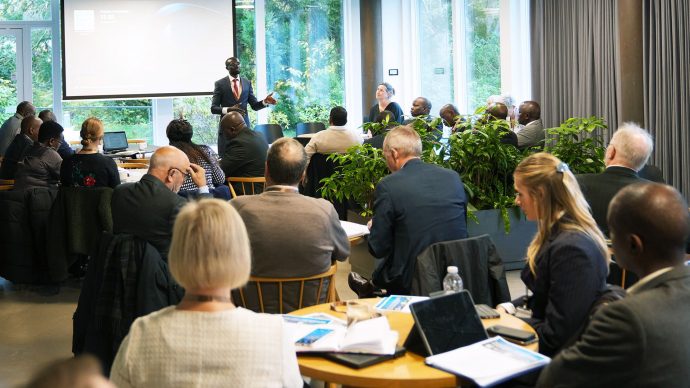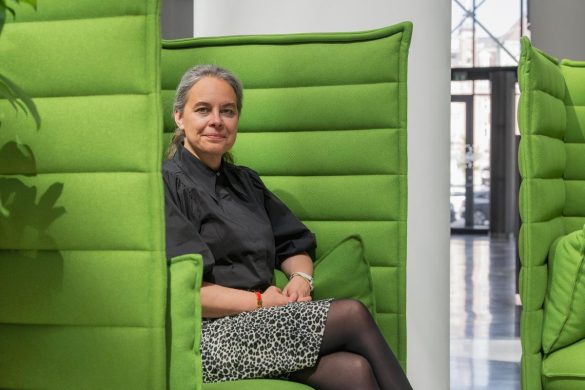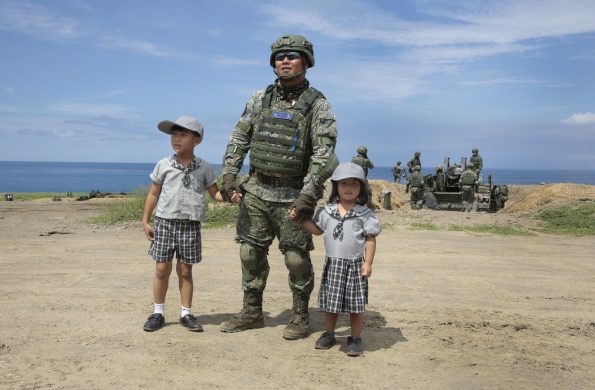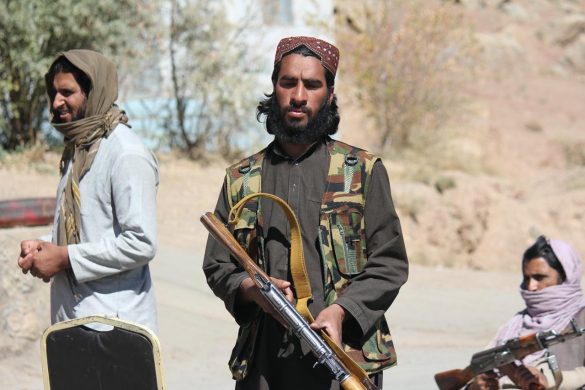BALI, 24 February 2010: The future of the iconic Siberian Crane (Grus leucogeranus), a critically endangered species, is looking brighter thanks to an international effort by China, Iran, Kazakhstan and Russia, four countries along the bird’s dramatic migratory routes.
The conservation project is supported by the Global Environment Facility (GEF) and implemented by the International Crane Foundation through the UN Environment Programme (UNEP).
It is the first of its kind to use a “flyway” approach to stabilize and to sustain the remaining 3.000-3.500 Siberian Cranes and millions of other migratory waterbirds. A flyway is a flight path (trækkorridor) used in annual bird migration from breeding grounds to non-breeding areas, which often span continents and oceans.
This partnership has also played a catalytic role in boosting the conservation and rehabilitation of wetlands covering some 7 million hectares – ecosystems of high environmental and economic importance.
Every year the Siberian Crane, one of the worlds most endangered birds, migrates up to 5.000 kilometres from its breeding grounds in northern Siberia, along two migration routes to wintering sites in southern China and Iran.
During these immense journeys, the cranes cross some of the highest mountains on Earth, as well as some of the harshest deserts.
However, in recent years, the draining of critical wetlands, where the birds normally take respite on route, as well as hunting, have threatened the survival of the cranes and other migratory waterbirds.
The story of this unique 10 year-project along two main flyways in Eastern and Western Eurasia is told in the book “Safe Flyways for the Siberian Crane” which was launched Wednesday at UNEP’s 11th Special Session of the Governing Council/Global Ministerial Forum in Bali, Indonesia.
Læs videre på
http://www.unep.org/Documents.Multilingual/Default.asp?DocumentID=612&ArticleID=6477&l=en&t=long














